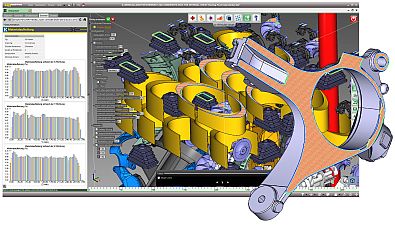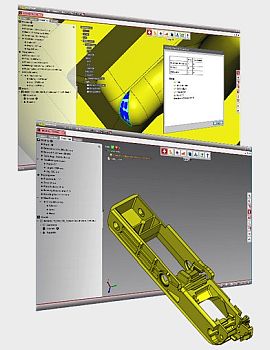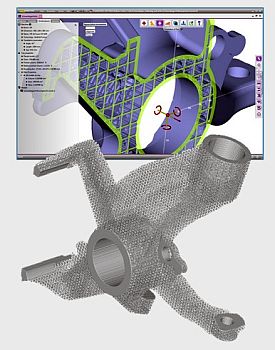CoreTechnologie Develops New Export Function for SVG Images that Could Revolutionize the World of 3D Printing

CoreTechnologie has extended its 3D printing software, 4D_Additive, with a new SVG image export for vector graphics. The new feature is based on accurate 3D/CAD models and has the potential to revolutionize the world of 3D printing.
The new tool generates a level of precision and quality for 3D printed parts that has not been possible before. Until now, the preparation of 3D models was limited to STL models only due to the limitations of existing software tools. With the new function, vector graphics can be exported.
Advantages of CAD Files
The increased use of additive manufacturing for series production results in higher demands on the accuracy and traceability of the production process. A basic prerequisite for this is the direct use of CAD models without the use of imprecise STL formats.
VIDEO: New Features -- #4D_Additive
For control of the printer, the 4D_Additive software offers for the first time the possibility to generate exact cutting curves of the material layers as spline curves instead of creating these from many thousands of smallest straight lines. The previously common generation of pixel files is replaced by vector graphics with the new software version.
Exact SVG Image Export

In order to print a 3D model, the model must be divided into layers in a so-called slicing process. In general, there are two types of slicing files: pixel files and vector graphic files. Pixel files, such as PNG, JPEG or BMP images, consist of pixels that represent the image in two dimensions. Due to the image resolution, these images can have blurred edges or artefacts, especially in small details, resulting in surface defects in the printed part.
The latest version of the 4D_Additive slicer module also creates vector graphic files to represent the geometry in detail regardless of the size of the part. Vector files thus offer better accuracy and higher print quality than pixel files. The SVG format (Scalable Vector Graphics) is currently the most common vector format in which the layers from the 4D_Additive tool are saved. The 4D_Additive build processor can also generate exact slicing curves for other printing processes such as SLS and SLM.
By using exact CAD models for slicing and SVG files with exact image resolution, the information on the individual material layers is sent to the printer with very high precision and without any loss of quality.
CAD versus STL
For 3D printing, CAD files offer major advantages over mosaic-like STL files because the data sizes are smaller and precision is higher.

Just as it has been standard in established NC manufacturing for at least two decades, the consistent use of CAD data also in 3D printing offers significant advantages in terms of accuracy, efficiency, traceability, and cost reduction. With the introduction of the new export function for SVG images, CoreTechnologie is instrumental in establishing 3D printing for series production.
Want more information? Click below.
Rate this article
View our terms of use and privacy policy ::m::